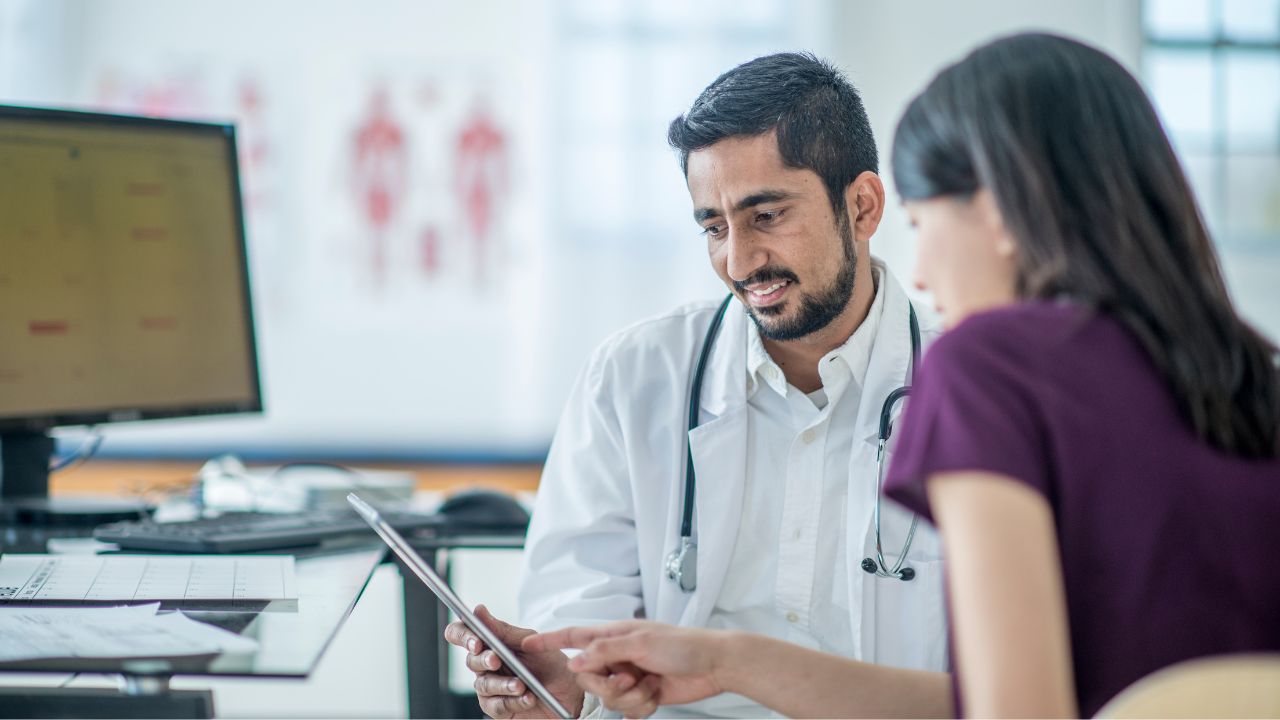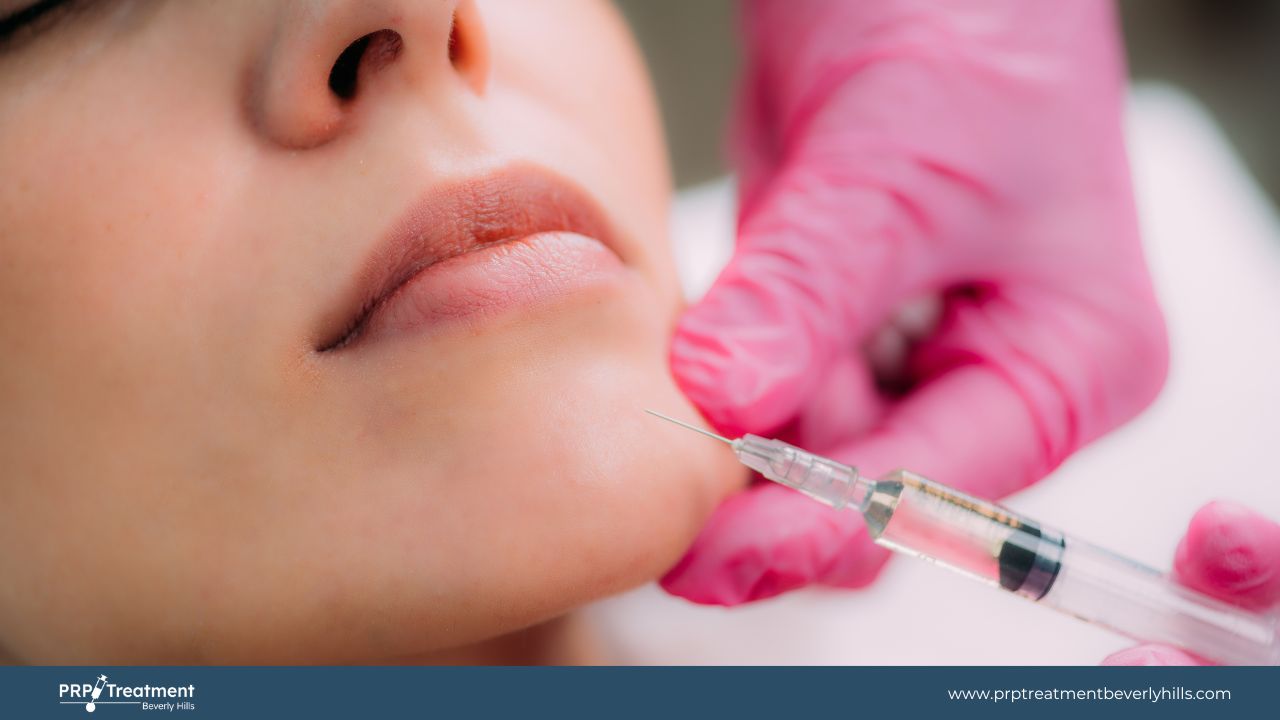PRP can be a soothing solution for pain, injury, or hair growth. However, the process is not free of side effects, and pain and swelling can be a few. Sometimes you may feel worse pain after PRP injection.
This blog will focus on the causes of postoperative pain in PRP treatment, the significance of the pain in the healing process, and remedies to mitigate the pain. Considering getting the most professional PRP treatment in Los Angeles, contact Dr. David Nazarian.
What is PRP Injection?
PRP is a treatment method that utilizes a person’s blood platelets to promote healing and tissue regeneration.
The blood is drawn, processed to concentrate the platelets, and injected into the affected area. PRP injections treat various conditions, including arthritis, tendonitis, and ligament injuries.
What to Expect After a PRP Injection
After a PRP injection, it’s normal to experience pain or discomfort in the treated area. This may include swelling, redness, or tenderness, but it’s usually minimal and goes away within a few days.
However, if the pain is intense or doesn’t improve, it may be a sign of a complication or a problem with the injection.
What Causes Pain After PRP Injection?
Pain after PRP (Platelet-rich Plasma) injection can be caused by several factors, including:
- Inflammation at the injection site
- Temporary nerve irritation
- Overuse of the injected area
- Infection
- Adverse reaction to the injection
- Tissue damage caused by the needle
- An underlying medical condition
Is The Inflammation At The Injection Site Part Of The Natural Healing Process Of PRP Treatment?
Yes, the inflammation at the injection site is part of the natural healing process of PRP treatment. When injected, PRP triggers a healing response in the body, which causes increased blood flow and inflammation in the area. This inflammation helps to bring oxygen and nutrients to the area, allowing for proper healing.
Pain and discomfort associated with the inflammation should subside within a few days to a week after the injection. If the pain persists or worsens, it is recommended to contact a medical professional.
What to Do When PRP Injection Pain Not Improving
If you’re experiencing worsening or persistent pain after a PRP injection, you must reach out to the medical professional who performed the procedure. They’ll assess your symptoms, review your medical history, and determine the cause of the pain.
Depending on the underlying cause, they may recommend the following:
Physical Therapy
Physical therapy can help reduce pain and promote healing by stretching and strengthening the affected area.
Medications

Over-the-counter pain relievers, such as ibuprofen or acetaminophen, can help relieve pain and reduce swelling. In some cases, a prescription pain medication may be necessary.
Repeat Injection
If the PRP injection wasn’t successful, the medical professional might recommend repeating the procedure.
Additional Mdical Intervention
Sometimes, the medical professional may recommend other treatments, such as steroid injections, surgery, or rehabilitation.
What Are PRP Healing Stages?
The healing process after PRP (Platelet-rich Plasma) injection can be broken down into several stages:
- Inflammation: This is the initial stage where the body responds to the PRP injection by increasing blood flow and causing inflammation at the injection site.
- Proliferation: During this stage, new blood vessels form, and new cells grow and divide.
- Remodeling: In this stage, the new cells mature and produce new tissue to replace damaged or scarred tissue.
- Maturation: This is the final stage of healing, where the new tissue is fully functional and integrated into the surrounding tissue.
The duration of each stage can vary depending on several factors, such as the type and severity of the injury, the individual’s age and health, and the effectiveness of the PRP treatment. It is essential to follow the instructions of a medical professional and to refrain from overusing the treated area to ensure proper healing.
Conclusion
If you’re experiencing pain after a PRP injection, you must reach out to the medical professional who performed the procedure. They’ll assess your symptoms, review your medical history, and determine the cause of the pain.
Depending on the underlying cause, they may recommend physical therapy, medications, repeat injections, or additional medical interventions.
If you’re searching for a PRP treatment clinic in Los Angeles, choose Dr. David Nazarian to ensure the best outcomes.



